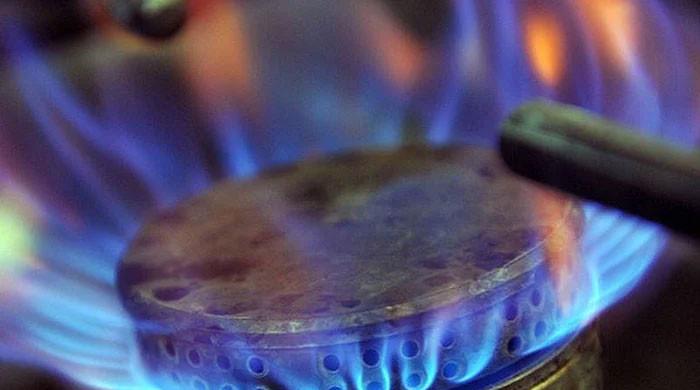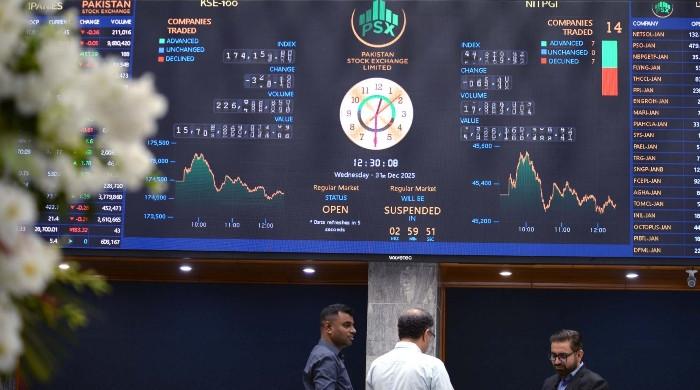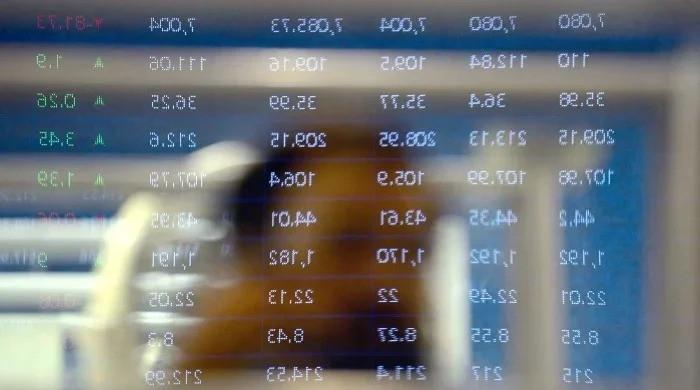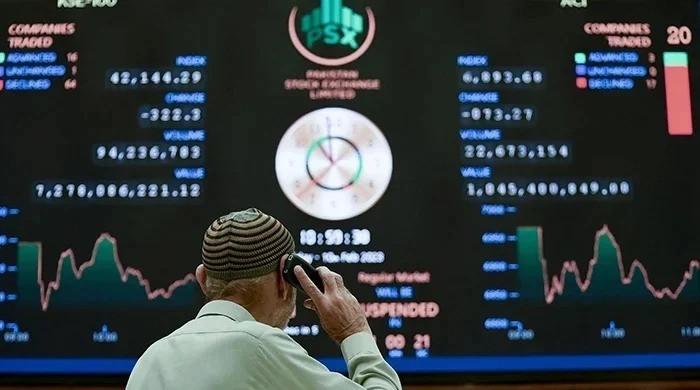Pakistan's current account deficit plunges 86% to 19-month low
Current account deficit drops due to softer global commodity prices, strict import controls
December 17, 2022
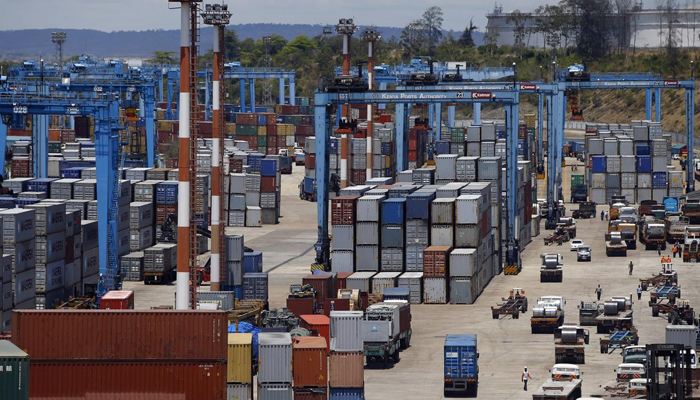
- Pakistan posted deficit of $276 million in November, SBP data shows.
- CAD drops amid softer global commodity prices, strict import controls.
- SBP deficit will remain below $10 billion for the current fiscal year.
KARACHI: Pakistan’s current account deficit narrowed by 86% year-on-year in November falling to a 19-month low, the State Bank of Pakistan's (SBP) data showed Friday, as strict controls, economic slowdown, and softer global commodity prices helped decrease imports, , according to The News.
The country posted a deficit of $276 million in November compared to $1.929 billion recorded in the same month of the previous year. On a month-on-month basis, the deficit declined by 51% compared to $569 million in October.
Total imports fell 33% to $4.26 billion in November, while exports also dropped 18% to $2.23 billion.
“It’s [the contraction in the current account gap] mainly due to a fall in the trade deficit,” said Fahad Rauf, head of research at Ismail Iqbal Securities. Import reduction had mainly come from lower petroleum imports (benefit of lower global prices), and the absence of wheat imports, he added.
During July-November, the current account deficit has contracted by more than half to $3.1 billion against $7.2 billion in the same period last year, with imports falling by $4.8 billion (-16%) and exports broadly unchanged, the SBP shared on Twitter.
The SBP’s foreign reserves have dropped to $6.7 billion, hardly enough for a month's worth of imports, putting the country in the midst of a balance of payments crisis.
While it struggles to obtain the dollars to pay off a mountain of foreign debt, the government is attempting to restart a rescue from the International Monetary Fund (IMF).
Saudi Arabia is being requested to provide urgent financial help to the government.
The SBP expects the deficit will remain below $10 billion for the current fiscal year 2022-23, mainly on a decrease in the price of petroleum products in the global market.
Besides, the SBP has also taken policy actions that will reduce some outflows significantly.
Analysts see the deficit to be $7.8 billion or 2.1% of the gross domestic product in FY23, led by the central bank’s administrative measures, demand contraction, and reduction in global oil prices.
The benefit of the decreased imports, however, will be lessened by a decline in remittances, a decline in textile and food exports, and a slowdown in the momentum of IT exports.
The continuance of the IMF programme is essential in the upcoming quarter as it will permit macroeconomic stability and open up external financing from other sources.
In FY23, new funding from Saudi Arabia and rollovers of Chinese deposits and loans could pay for the external requirement, according to analysts.




